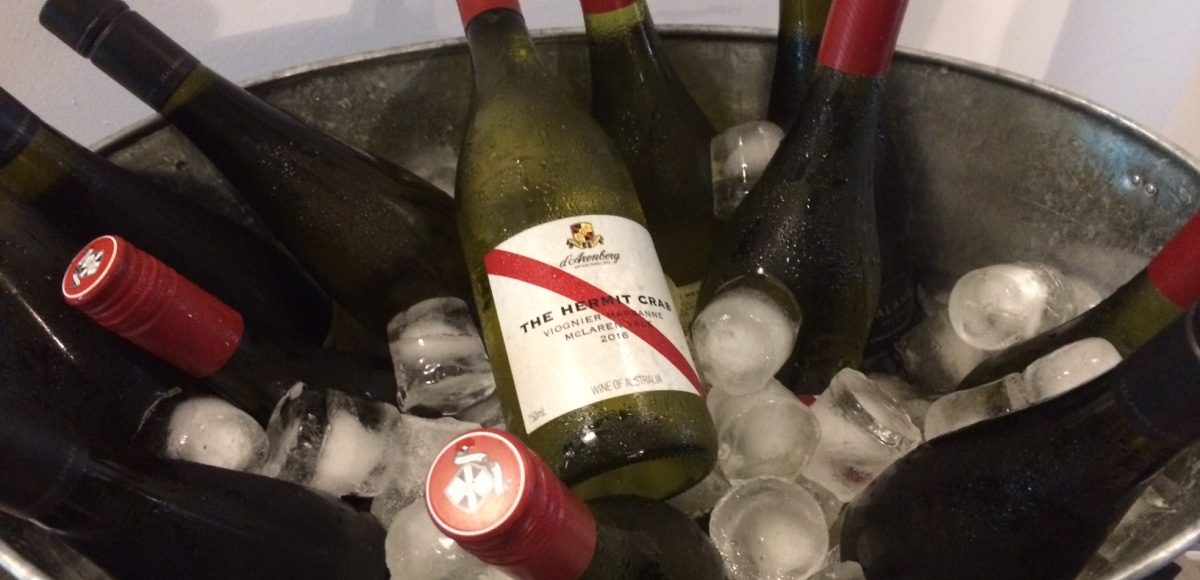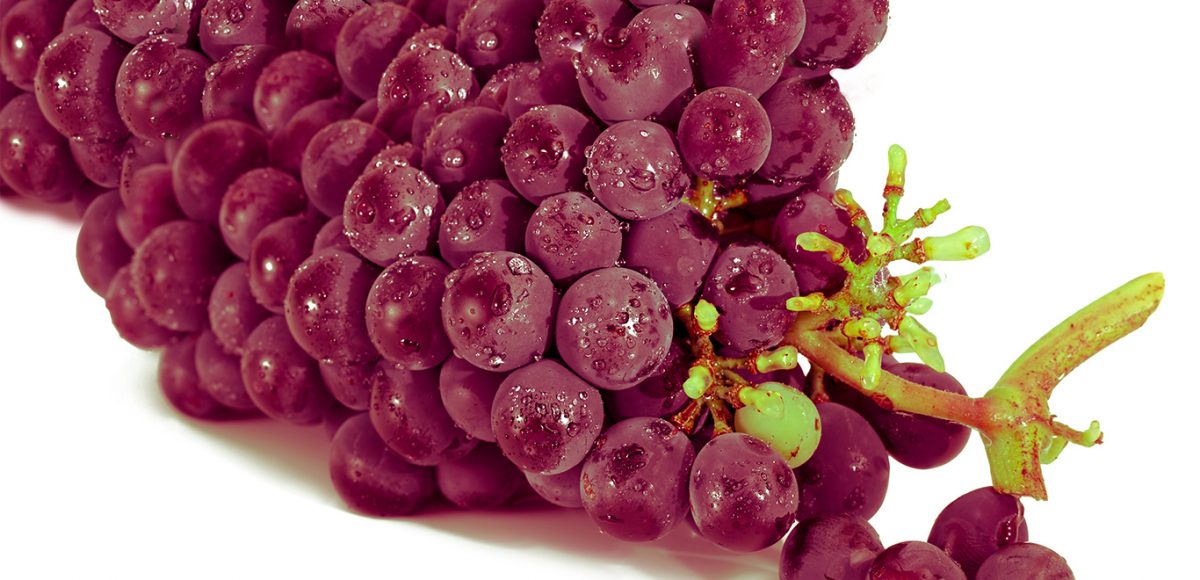To simplify how I evaluate an international wine I look for three key characteristics; balance, complexity and finish. It takes a bit of practise but like a good book, rereading it a second time is often more enjoyable.
A wine can be well balanced but lacks complexity or it can be complex but if it is not well balanced the finish may not be pleasant. So when you are tasting a wine for a first time or comparing different wines keep these three terms in mind.
What do we mean by a wine is Balanced? This is when the fruit, acidity, tannin and alcohol are integrated with one single element dominating. There is nothing excessive or deficient when comparing it against other wines of its type. Take a New Zealand Sauvignon Blanc, for example Yealands, a white wine tasting note such as ‘crisp and dry, herbaceous with citrus fruit flavours and a lingering finish’ would tend to indicate a balanced wine where the sweetness of the fruit is supported by the natural acidity, which gives the wines its structure and pleasant aftertaste.
Then we have Complexity. It does not mean complicated but rather the subtle layers and depth of the wine. A wine can be balanced but not have much complexity. There are different level of complexity. A young wine wine, let’s say a wine from Chile, should have red berry fruit aromas and taste but yet it is simple and not very complex. Whereas a Chilean wine made from a careful selection of different grapes that has been aged in oak barrels, such as Luis Felipe Edwards Single Vineyard Blend, will have much more complexity and of aromas, flavours and depth.
The third term to help you trust your judgement when tasting is, The Finish. ’Lingering finish’ and ‘long aftertaste’ are expressions that you will often hear or read when describing a wine, but why are they important? Having swallowed the wine these are the moments of pleasant sensations and reflection. The quality of an international wine is not only judged by its length of finish, the time the sensations and flavours linger, but also the balance.
If the wine finish is too ‘hot’ it indicates that the wine is too alcoholic, if it is too ‘sharp’ it suggests that the wine is too acidic. If it is dusty and dry, because tannins are too harsh. Hopefully, more often than not the after taste will be ‘smooth and warm’ or ‘refreshing and fruity’. A well balanced, complex wine, such as Ascheri Barolo Sorano, Piedmonte, has flavours that linger on the palate for a long time.
Do you get one notable flavour or several? The finish is a very important element when wine tasting. It take practise but by following these steps you will become a better taster and trust your judgement.
Balance, Complexity and Finish, remember these terms and practise them each time you taste.










